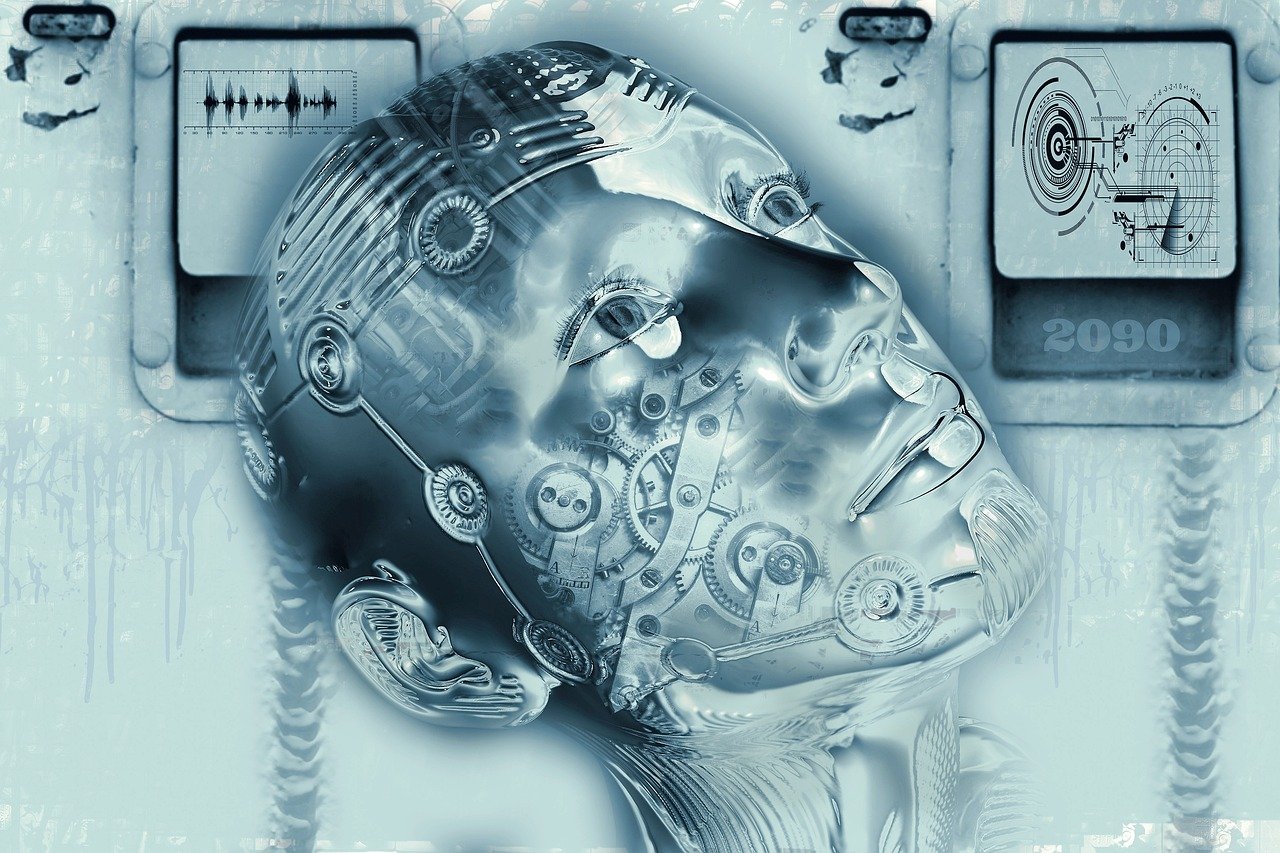Artificial intelligence (AI) is rapidly transforming industries worldwide, and education is no exception. From personalized learning experiences to automated administrative tasks, AI is poised to revolutionize the way we teach and learn. This blog post will explore the multifaceted impact of AI in education, examining its current applications, potential benefits, and future implications.
AI-Powered Personalized Learning
Understanding Personalized Learning
Personalized learning tailors instruction to meet individual student needs, learning styles, and paces. AI algorithms analyze vast amounts of student data to identify knowledge gaps, learning preferences, and areas where students struggle. This data-driven approach enables educators to create customized learning paths and deliver targeted interventions.
Examples of AI in Personalized Learning
- Adaptive Learning Platforms: Platforms like Knewton and ALEKS use AI to adjust the difficulty level of questions and content based on student performance. This ensures that students are constantly challenged but not overwhelmed.
- Intelligent Tutoring Systems: These systems provide students with personalized feedback and guidance, simulating the experience of working with a human tutor. Carnegie Learning’s Cognitive Tutor is an example of this, used widely in mathematics education.
- Personalized Content Recommendations: AI can recommend relevant learning resources, such as videos, articles, and practice problems, based on a student’s learning goals and past performance. Services like Coursera and Khan Academy utilize this approach.
Benefits of Personalized Learning
- Increased Student Engagement: Tailored content keeps students more interested and motivated.
- Improved Learning Outcomes: Targeted instruction helps students master concepts more effectively.
- Reduced Learning Gaps: AI identifies and addresses individual learning gaps, preventing students from falling behind.
- Greater Equity: Personalized learning can help bridge the achievement gap between students from different backgrounds.
Automating Administrative Tasks
Streamlining Grading and Assessment
One of the most time-consuming tasks for educators is grading assignments and providing feedback. AI-powered tools can automate many aspects of this process, freeing up teachers to focus on more strategic tasks like lesson planning and student interaction.
Examples of AI in Automation
- Automated Essay Scoring: Software like Grammarly and Turnitin can assess essays for grammar, style, and content, providing instant feedback to students and teachers.
- Automated Quiz Generation: AI can generate quizzes and tests based on specific learning objectives, saving teachers time and effort.
- Attendance Tracking: AI-powered systems can automatically track student attendance, reducing administrative overhead.
- Chatbots for Student Support: AI chatbots can answer frequently asked questions, provide guidance on course materials, and offer technical support, freeing up teachers to focus on more complex issues.
Benefits of Automation
- Reduced Workload for Teachers: Automation frees up teachers’ time, allowing them to focus on higher-level tasks.
- Faster Feedback for Students: Automated grading provides students with immediate feedback, helping them learn from their mistakes more quickly.
- Improved Efficiency: Automation streamlines administrative processes, making schools and universities more efficient.
- Cost Savings: By automating tasks, schools can reduce administrative costs.
Enhancing Accessibility and Inclusivity
AI for Students with Disabilities
AI has the potential to make education more accessible and inclusive for students with disabilities. AI-powered tools can provide personalized support and accommodations, helping students overcome learning barriers.
Examples of AI in Accessibility
- Text-to-Speech Software: Software like NaturalReader and Read&Write converts text into speech, making it accessible to students with visual impairments or learning disabilities like dyslexia.
- Speech-to-Text Software: Software like Dragon NaturallySpeaking converts speech into text, allowing students with motor impairments or writing difficulties to participate more easily in class.
- AI-Powered Translation Tools: Tools like Google Translate can translate educational materials into multiple languages, making them accessible to students from diverse linguistic backgrounds.
- Adaptive Assistive Technology: AI can personalize assistive technology based on individual student needs, improving its effectiveness.
Benefits of AI in Accessibility
- Increased Independence: AI-powered tools empower students with disabilities to learn independently.
- Improved Learning Outcomes: Personalized support helps students with disabilities achieve their full potential.
- Greater Inclusion: AI can help create more inclusive learning environments for all students.
- Reduced Stigma: AI-powered tools can help reduce the stigma associated with disabilities.
Transforming Curriculum Development
AI-Driven Curriculum Design
AI can analyze data on student performance, learning trends, and industry demands to inform curriculum design. This data-driven approach ensures that curricula are relevant, engaging, and aligned with the needs of the 21st-century workforce.
Examples of AI in Curriculum
- Identifying Skill Gaps: AI can analyze job market data to identify in-demand skills and knowledge, helping educators design curricula that prepare students for future careers.
- Personalizing Curriculum Content: AI can personalize curriculum content based on student interests and learning styles, making it more engaging and relevant.
- Automating Curriculum Updates: AI can automatically update curricula based on new research, best practices, and industry trends.
- Generating Learning Resources: AI can generate learning resources such as lesson plans, activities, and assessments, saving teachers time and effort.
Benefits of AI in Curriculum
- Improved Relevance: AI ensures that curricula are aligned with the needs of the 21st-century workforce.
- Increased Engagement: Personalized content keeps students more interested and motivated.
- Greater Efficiency: Automation streamlines the curriculum development process.
- Data-Driven Decision Making: AI provides educators with data-driven insights to inform curriculum design.
Conclusion
AI is rapidly changing the landscape of education, offering a range of benefits from personalized learning to automated administrative tasks. By embracing these technological advancements, educators can create more engaging, equitable, and effective learning environments for all students. While challenges remain in implementation and ethical considerations, the potential of AI to transform education is undeniable. The future of education lies in harnessing the power of AI to unlock every student’s full potential. It’s crucial for educators, policymakers, and technology developers to collaborate to ensure that AI is used responsibly and ethically in education.



